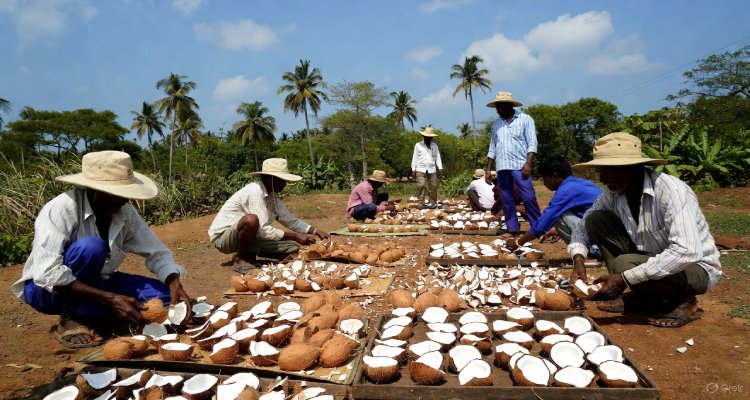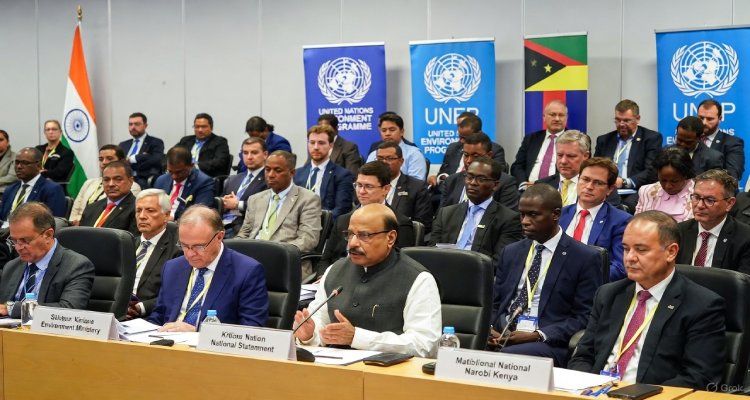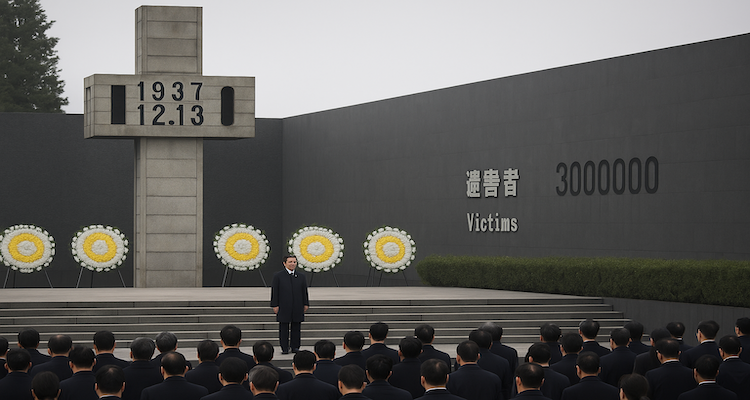Traditions in Transit: A Cultural Traveler’s Diary — Festivals, Faith & Folklore Around the World
A deep dive into global cultural celebrations, this travel diary uncovers the vibrant traditions, sacred rituals, and timeless folklore that connect communities across continents.
Introduction: Where Celebration Becomes a Journey
In a world increasingly shaped by technology and uniformity, age-old traditions offer a powerful reminder of our collective diversity. From lantern-lit nights in Thailand to spiritual pilgrimages in India, cultural festivals breathe life into history and community. Traditions in Transit is more than a traveler’s tale—it’s a front-row seat to humanity’s richest celebrations of faith, folklore, and festivity.
Context & Background: Why Culture Still Matters
Despite globalization, many communities have safeguarded their unique rituals and traditions, passing them down through generations. These events are more than mere performances—they serve as vehicles of identity, resilience, and connection. Whether it’s Brazil’s Carnival or Japan’s Obon Festival, these celebrations link past to present and locals to visitors, fostering mutual respect and wonder.
According to the United Nations Educational, Scientific and Cultural Organization (UNESCO), intangible cultural heritage—including festivals, oral traditions, and rituals—is crucial for promoting diversity and human creativity. As international travel rebounds post-pandemic, cultural tourism has emerged as a driving force for both economic recovery and cross-cultural understanding.
Main Developments: A Global Diary of Celebration
Thailand’s Yi Peng Festival: Light and Let Go
Chiang Mai’s sky becomes a constellation on earth during Yi Peng, the annual lantern festival held in November. Thousands of glowing lanterns are released into the air, symbolizing the release of worries and the welcoming of new blessings. Originally rooted in Buddhist traditions, it now draws thousands of global travelers who partake in the ritual, turning personal reflection into shared illumination.
India’s Kumbh Mela: The World’s Largest Spiritual Gathering
Held every 12 years across four sacred rivers, the Kumbh Mela attracts over 100 million pilgrims seeking spiritual purification through holy dips. The ritual, rooted in Hindu mythology, emphasizes faith, surrender, and timeless devotion. Beyond religion, the Kumbh Mela exemplifies large-scale organization and community cooperation—an orchestration of the divine and the logistical.
Mexico’s Día de los Muertos: Honoring the Departed
Celebrated from October 31 to November 2, Día de los Muertos (Day of the Dead) is a deeply spiritual and familial tradition in Mexico. Altars known as ofrendas are adorned with marigolds, sugar skulls, candles, and food to welcome the souls of deceased loved ones. Far from somber, the holiday celebrates life and remembrance with music, dance, and vibrant costumes.
Spain’s La Tomatina: A Joyous, Juicy Frenzy
Held annually in Buñol, Spain, La Tomatina is perhaps the world’s messiest celebration. Tens of thousands gather to hurl overripe tomatoes in a spirit of playful anarchy. While it started as a spontaneous food fight in 1945, it’s now a municipally sanctioned festival that attracts adventurous souls worldwide, proving joy knows no language barrier.
Expert Insight & Public Reaction: Why Travelers Seek Tradition
“Cultural festivals are windows into the soul of a nation,” says Dr. Leila Morgan, a cultural anthropologist at UCLA. “They reflect values, fears, hopes, and the creativity of a people. Participating respectfully can be one of the most enriching travel experiences.”
Travel blogger and photographer Samir DeCosta, who documents traditions across continents, emphasizes their transformative nature: “You don’t just watch a festival—you feel it. It changes you. From the kindness of strangers to the power of ancient chants, these experiences teach humility.”
Social media reactions echo this sentiment. Hashtags like #TraditionsInTransit, #CulturalTravel, and #FestivalDiaries capture millions of posts showcasing vibrant visuals, personal reflections, and newfound cultural appreciation.
Impact & Implications: The Future of Cultural Tourism
With cultural tourism projected to grow by over 15% annually, according to the World Tourism Organization, safeguarding authenticity while accommodating global audiences is a growing challenge. Over-commercialization risks diluting sacred meanings, while climate change and political unrest threaten the continuity of certain events.
However, new trends offer hope. Community-led tourism initiatives, cultural sensitivity training for visitors, and the digitization of intangible heritage are helping preserve these traditions responsibly.
For travelers, the implications are clear: cultural engagement must be respectful, informed, and reciprocal. When done right, it’s not just a trip—it’s an education.
Conclusion: A World Worth Celebrating
From fire-lit temples in Asia to rhythmic parades in Latin America, the global mosaic of tradition is breathtaking. These festivals remind us of the human need to gather, to express, and to believe. As travelers, participating in cultural traditions offers more than a photo op—it’s an invitation into the soul of a community.
In a divided world, festivals of faith and folklore offer rare moments of unity, joy, and timeless wonder. Traditions in Transit is not merely about where we go, but what we learn—and whom we become—along the way.
Disclaimer :This article is a cultural exploration based on public events and historical traditions. Travelers are advised to research current travel guidelines, local laws, and cultural practices before participating in festivals abroad.











